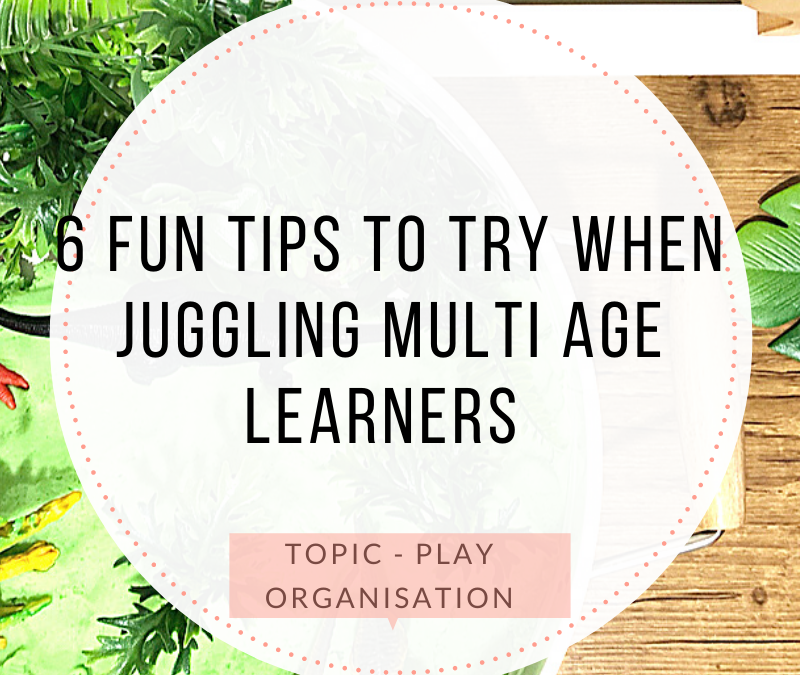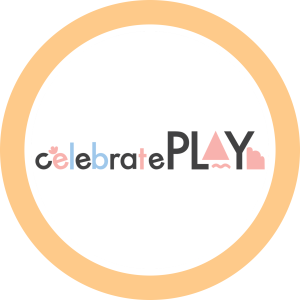“Mum, xxx isn’t sharing”, “They keep knocking down my things”…are words we may hear from our little learners as they discover the complicated world of sibling play.
…so, what can us Mummas do, to encourage positive sibling play that has us enjoying and celebrating these precious moments.
Here are 6 tips to put into action when next in the PLAYspace
‘SIT WITH ME’ time – this is a strategy used to fill one another’s cup. The idea is to complete an activity in its entirety free from distraction and interruption. This way your eldest learners’ cup is full, and they are more likely to be more accepting of the siblings involvement in their play.
PREPARED LEARNING ENVIRONMENT – setting up the playspace with specific spaces for learners to play in different ways eg, individually, collaboratively, alongside one another (parallel). This allows for learners to create personal space when it is needed as well as opportunities to practise the skills required in sibling play such as collaboration. Having this space for play, set up ahead of time means there is one less thing to think about when sibling rivalry emerges, and it allows for the regulation of emotions to be the focus when it is needed. Learners move through a series of ‘Stages of Play’ discovered by Mildred Parten (American Sociologist).
VISUAL TIMETABLE – displaying the day’s events for the family to see is a great way to nurture the flow of play. Learners can clearly see what is happening in their day which helps to establish a positive and meaningful daily rhythm and/or routine. This can allow for set times for specific types of play, eg, independent play, sibling play.
TEAM FAMILY NIGHT – schedule block a time in the daily routine where the family can engage in an activity together eg, game night. When working out tems, encourage siblings to be on a team together, giving them opportunities to problem solve, resolve conflicts, make decisions and communicate with one another. These skills are the ones that help with sibling play along with many other life experiences.
MULTI AGE LEARNING EXPERIENCES – discovering resources that can be used across different ages and stages of development is one of the best feelings because it allows for multi age learning experiences…saving you time, eliminating waste, reducing overwhelm and creating moments to celebrate play together
OBSERVE, WAIT & LISTEN – Observing learners carefully by looking at what they are choosing to play with, waiting for them to engage in the learning experience and listening to what they say to themselves or those around them is another way to foster sibling play. Notice what things motivate/ your learner/s and when in play, look for clues as they play. Eg. If you see your little one laughs when the blocks fall over, think about why this might be…fun, cause and effect, crashing noise. Once the emotional interest is determined, this is a stepping stone into learning together.
What strategy will you start with – 1,2,3, 4, 5 or 6?
Let me know in the comments or send me a message – I always love hearing from you!




